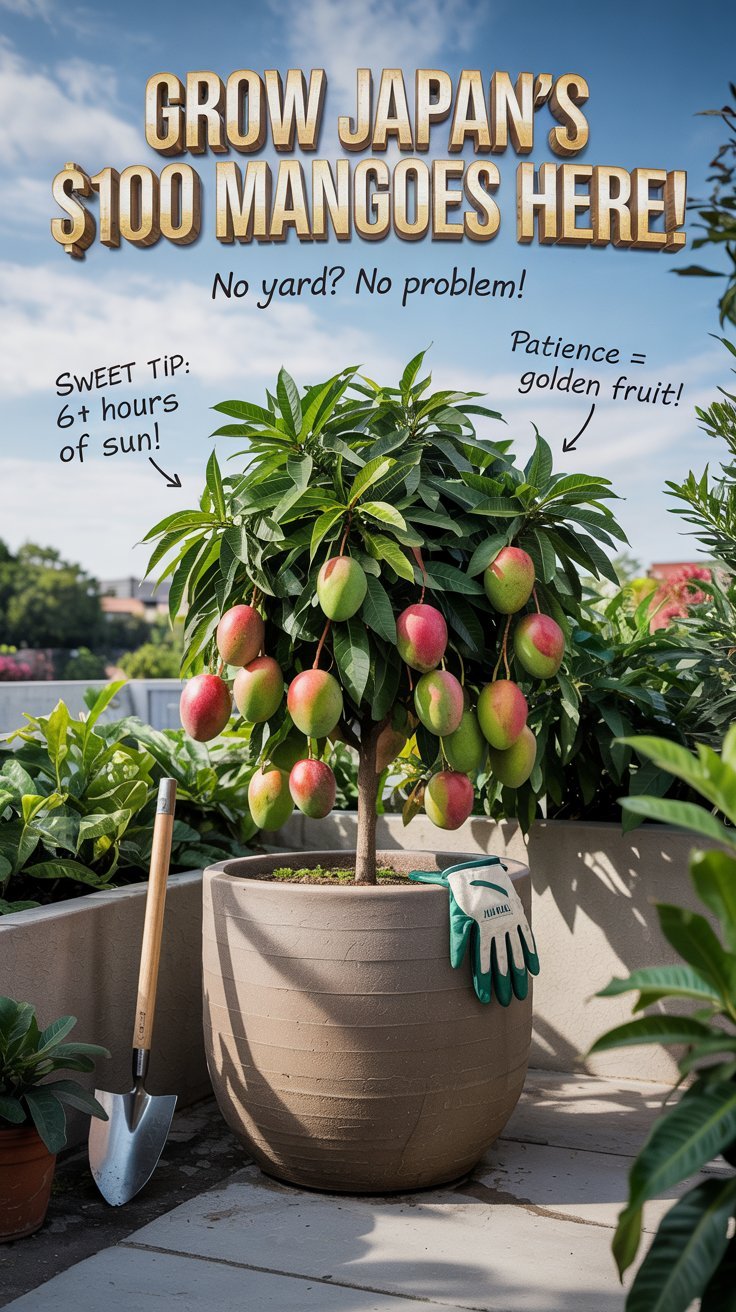Learn how to grow pawpaw trees from fresh seeds with our expert guide. Discover stratification techniques, planting tips, and care methods for 90% germination success. Start your pawpaw journey today!
Growing pawpaw trees from fresh seeds is a rewarding process that can yield a 90% germination rate when done correctly. This comprehensive guide will walk you through the essential steps of stratification, proper planting techniques, and care methods to successfully grow your own pawpaw trees. With patience and attention to detail, you can master the art of cultivating these unique North American fruit trees.

Hello, I’m Ashley Scott, a horticulturist with over 15 years of experience in native fruit tree propagation. Today, I’m excited to share my expertise on growing pawpaw trees (Asimina triloba) from fresh seeds. Pawpaws are the largest edible fruit native to North America and are gaining popularity due to their tropical-like flavor and numerous health benefits.
Understanding Pawpaw Seeds

Pawpaw seeds have some unique characteristics that are crucial to understand before starting the growing process:
- Large, dark brown, and bean-shaped
- Contain a hard seed coat that requires stratification
- Viable for only a short period after extraction from the fruit
- Exhibit deep physiological dormancy, requiring specific conditions to germinate
Step 1: Harvesting and Preparing Fresh Seeds
- Collect ripe pawpaw fruits in late summer or early fall.
- Extract seeds from the pulp and rinse thoroughly.
- Discard any floating seeds, as they are likely non-viable.
- Air-dry seeds for 24-48 hours to remove surface moisture.
Step 2: Stratification Process
Proper stratification is crucial for achieving high germination rates:
- Place seeds in a ziplock bag with slightly moist sphagnum moss or sand.
- Store the bag in the refrigerator at 32-40°F (0-4°C).
- Maintain stratification for 60-100 days.
- Check periodically for mold and remove any affected seeds.
Step 3: Preparing for Planting
As spring approaches:
- Prepare a well-draining potting mix (1:1:1 ratio of peat, perlite, and vermiculite).
- Choose deep containers (at least 12 inches) to accommodate pawpaw’s long taproot.
- Ensure soil temperature reaches 80°F (27°C) for optimal germination.
Step 4: Planting Stratified Seeds
- Plant seeds 1 inch deep in the prepared soil.
- Place containers in a warm location with bright, indirect light.
- Keep soil consistently moist but not waterlogged.
- Expect germination within 2-3 weeks.
Step 5: Caring for Pawpaw Seedlings
- Provide dappled sunlight for the first year to mimic their natural understory habitat.
- Water regularly to maintain even soil moisture.
- Fertilize monthly with a balanced, diluted liquid fertilizer.
- Protect young seedlings from direct sunlight, strong winds, and frost.
Step 6: Transplanting
- Transplant seedlings to larger containers or their permanent location after the first year.
- Choose a site with partial shade and well-draining soil.
- Space trees 15-25 feet apart for optimal growth.
- Mulch around the base to retain moisture and suppress weeds.
Common Challenges and Solutions
- Low germination rates: Ensure proper stratification and maintain consistent soil temperature.
- Slow growth: Be patient; pawpaws grow slowly in their first few years.
- Leaf scorching: Provide shade for young trees, especially in hot climates.
- Pest issues: Monitor for pawpaw peduncle borer and zebra swallowtail caterpillars.
Conclusion
Growing pawpaw trees from fresh seeds requires patience and attention to detail, but the rewards are well worth the effort. By following this guide and maintaining optimal conditions, you can achieve impressive germination rates and grow healthy pawpaw trees. Remember, the key to success lies in proper stratification, careful planting, and attentive care during the early stages of growth.
As you embark on your pawpaw growing journey, you’ll not only cultivate delicious fruit but also contribute to the preservation of this unique North American species. Happy growing!
For more gardening tips and plant care guides, visit usagardenhub.com





3 Comments on “Step-by-Step Guide: Growing Pawpaw Trees from Fresh Seeds”